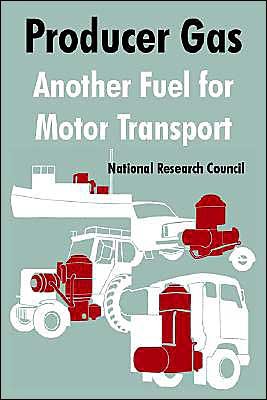
Powiedz znajomym o tym przedmiocie:
Producer Gas: Another Fuel for Motor Transport
National Research Council
Producer Gas: Another Fuel for Motor Transport
National Research Council
Producer gas is generated from solid fuels such as wood, charcoal, coal, peat, and agricultural residues. Although it has been used to power internal combustion engines since their invention, it has been largely overlooked for the past 50 years. During the early 1940s, when petroleum supplies for civilian use ran out in Europe, Asia, and Australia, producer gas was responsible for putting trucks, buses, taxis, tractors and other vehicles back on the roads, and boats back on the rivers. In 1939 Europe operated about 9,000 gas producer buses and trucks, and there were almost none on any other continent. By 1941, however, about 450,000 vehicles were in operation in all parts of the world, and by 1942 the number had grown to approximately 920,000. Gas producers were then in use not only in land vehicles, but also in boats, barges, and stationary engines. By 1946 more than a million motorized devices around the world operated on producer gas. In Europe and Asia alone, the use of producer gas in the 1940s contributed to saving millions of people from starvation. Basically, producer gas is made when a thin stream of air passes through a bed of glowing coals. The coals may come from the burning of wood, charcoal, coke, coal, peat, or from wastes such as corn cobs, peanut shells, sawdust, bagasse, and paper. (In some cases these materials must be pressed into bricks or pellets before they will produce adequate coals, and special generators may also be needed.)
112 pages
| Media | Książki Paperback Book (Książka z miękką okładką i klejonym grzbietem) |
| Wydane | 3 września 2004 |
| ISBN13 | 9781410216052 |
| Wydawcy | University Press of the Pacific |
| Strony | 112 |
| Wymiary | 228 × 152 × 11 mm · 176 g |
| Język | English |
Więcej od National Research Council
Zobacz wszystko od National Research Council ( np. Paperback Book , Hardcover Book i Book )

 Świąteczne prezenty można zwracać do 31 stycznia
Świąteczne prezenty można zwracać do 31 stycznia






![Cover for National Research Council · Nutrient Requirements of Swine (Hardcover Book) [11 Revised edition] (2012)](https://imusic.b-cdn.net/images/item/original/239/9780309224239.jpg?national-research-council-2012-nutrient-requirements-of-swine-hardcover-book&class=scaled&v=1605131130)



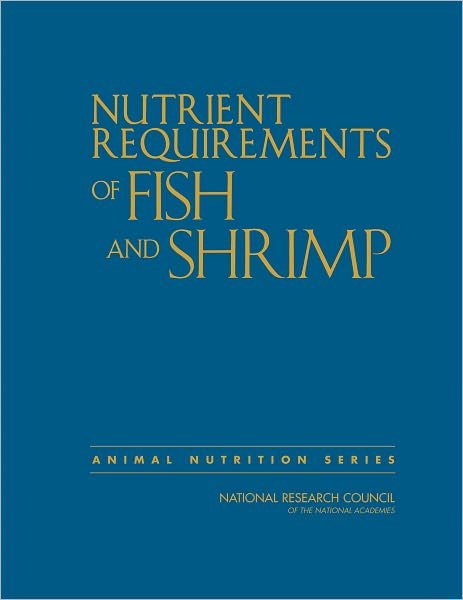

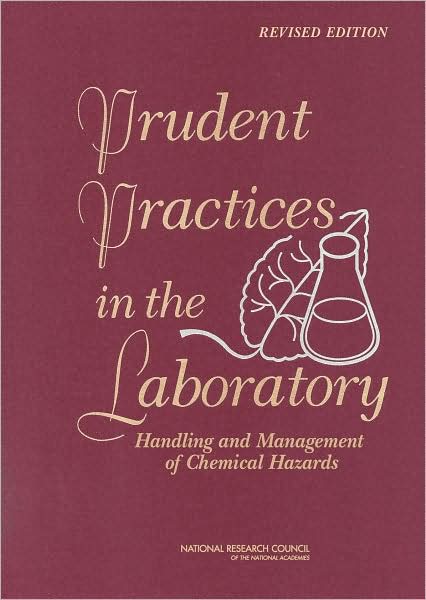

![Cover for National Research Council · Evaluating Testing, Costs, and Benefits of Advanced Spectroscopic Portals: Final Report (Paperback Book) [Abbreviated edition] (2011)](https://imusic.b-cdn.net/images/item/original/179/9780309186179.jpg?national-research-council-2011-evaluating-testing-costs-and-benefits-of-advanced-spectroscopic-portals-final-report-paperback-book&class=scaled&v=1406811945)
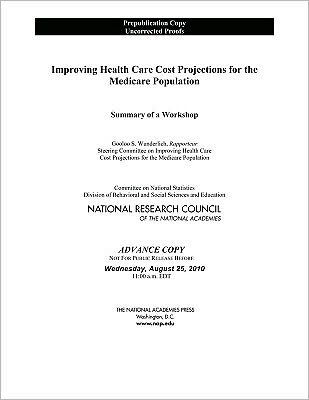


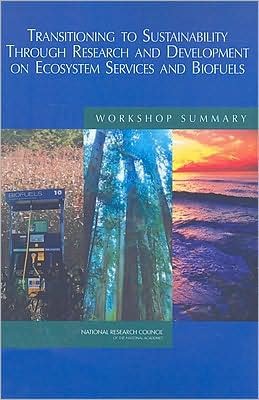

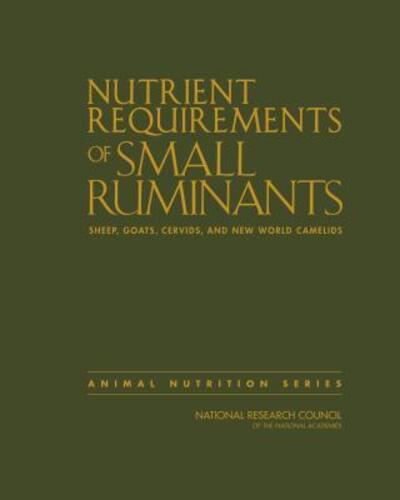
![Cover for National Research Council · Nutrient Requirements of Horses (Hardcover Book) [6 Revised edition] (2006)](https://imusic.b-cdn.net/images/item/original/124/9780309102124.jpg?national-research-council-2006-nutrient-requirements-of-horses-hardcover-book&class=scaled&v=1402151812)


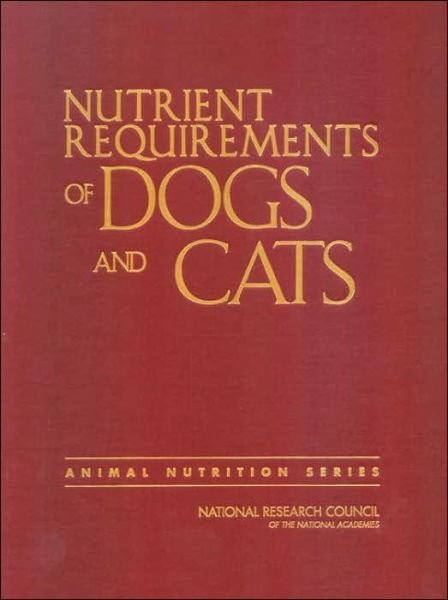
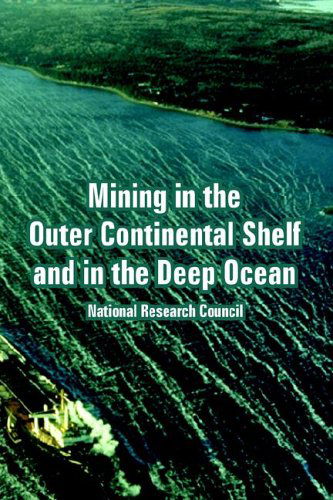
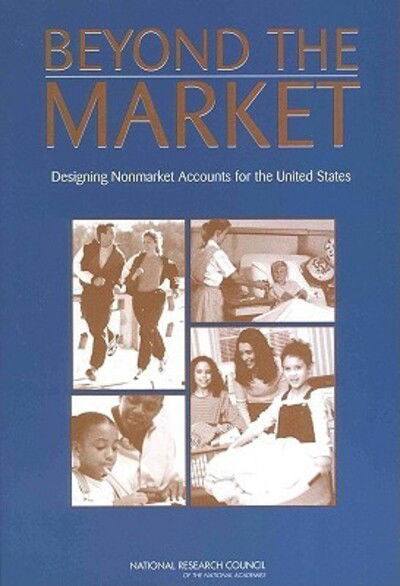
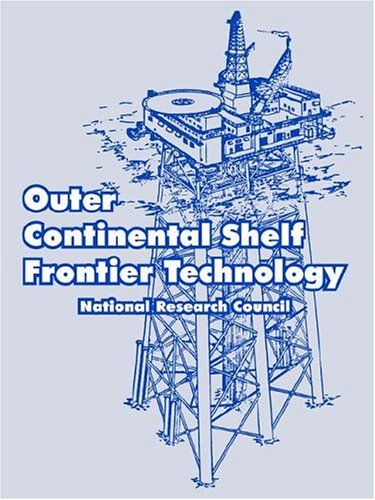


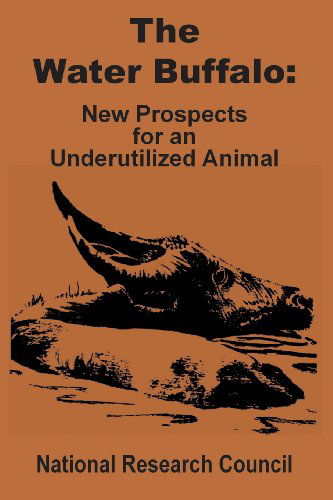

![Cover for National Research Council · How People Learn: Brain, Mind, Experience, and School: Expanded Edition (Paperback Book) [Expanded edition] (2000)](https://imusic.b-cdn.net/images/item/original/362/9780309070362.jpg?national-research-council-2000-how-people-learn-brain-mind-experience-and-school-expanded-edition-paperback-book&class=scaled&v=1394023082)
